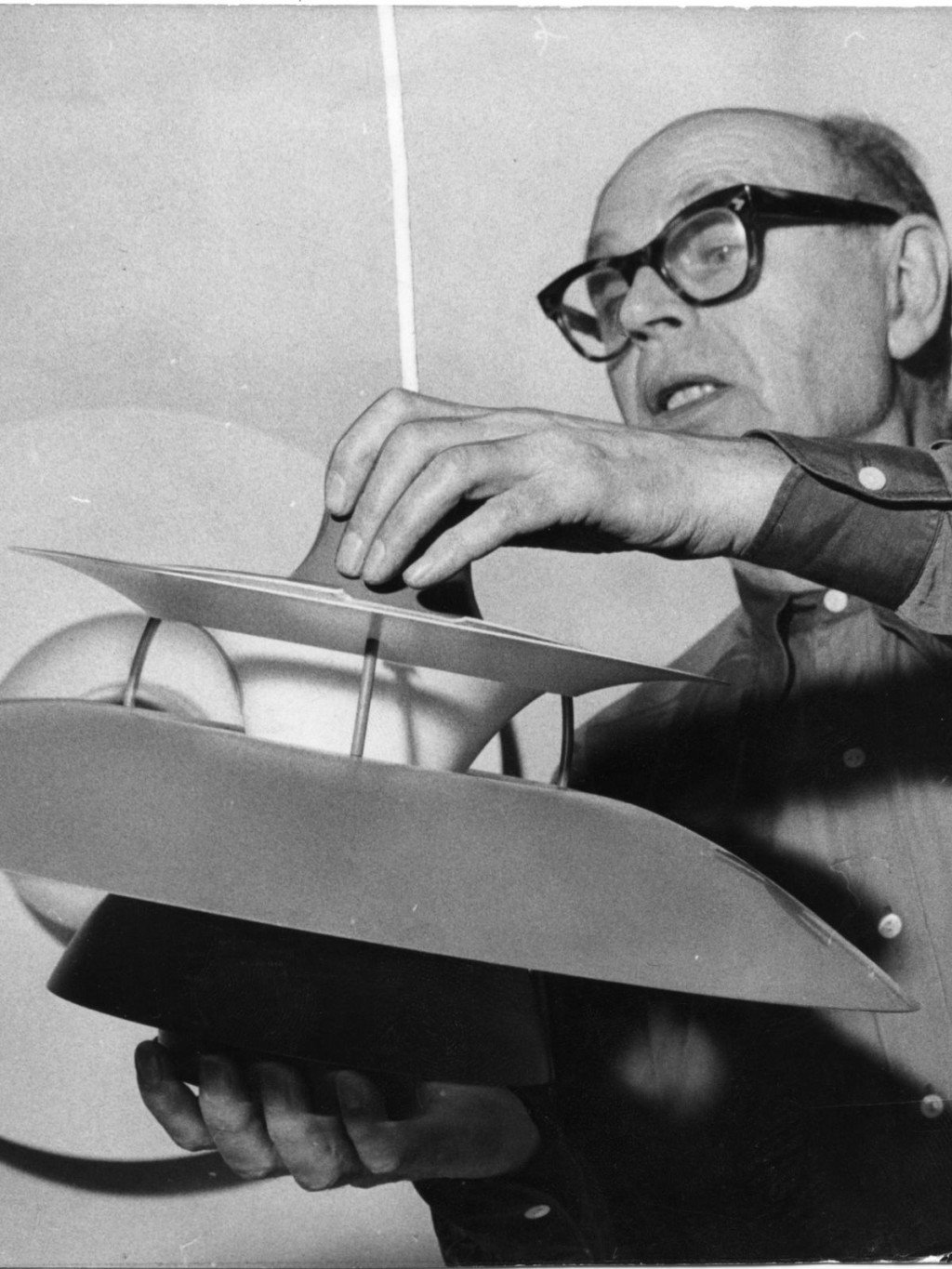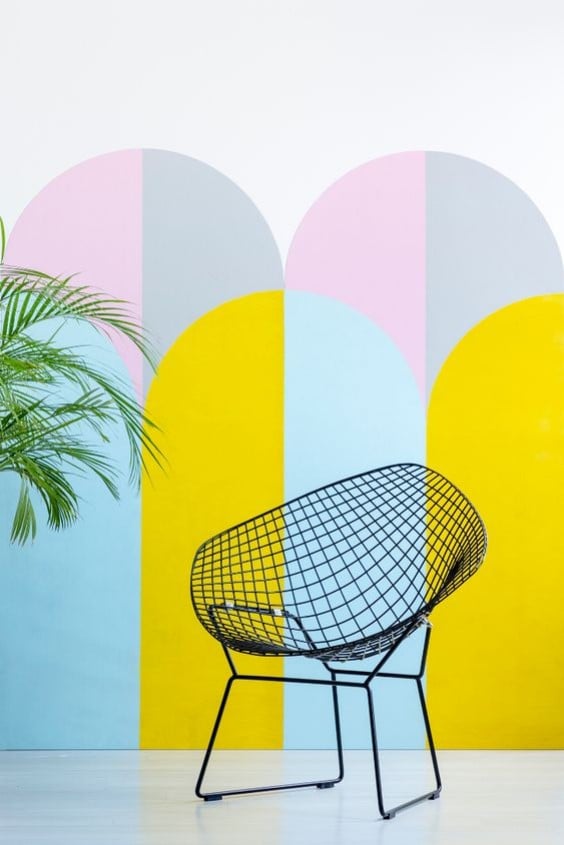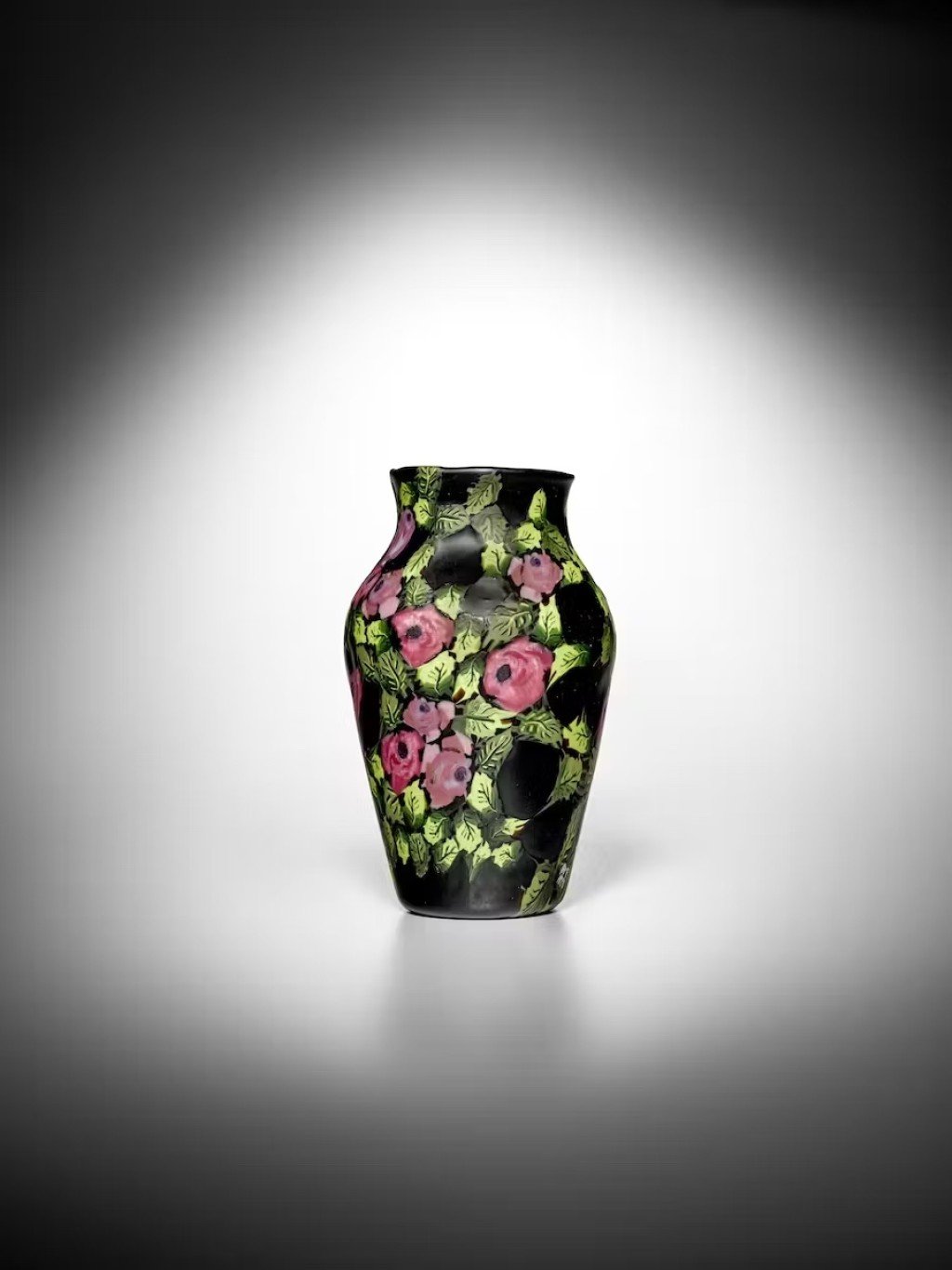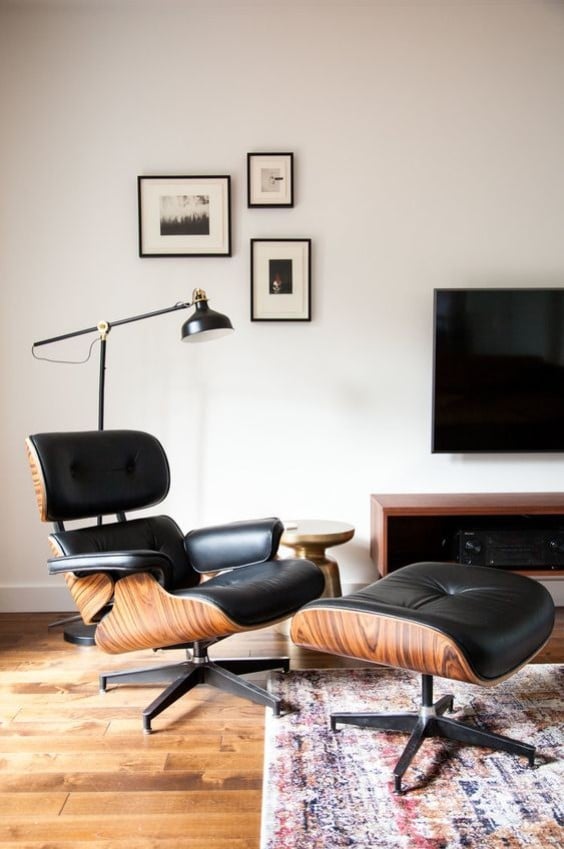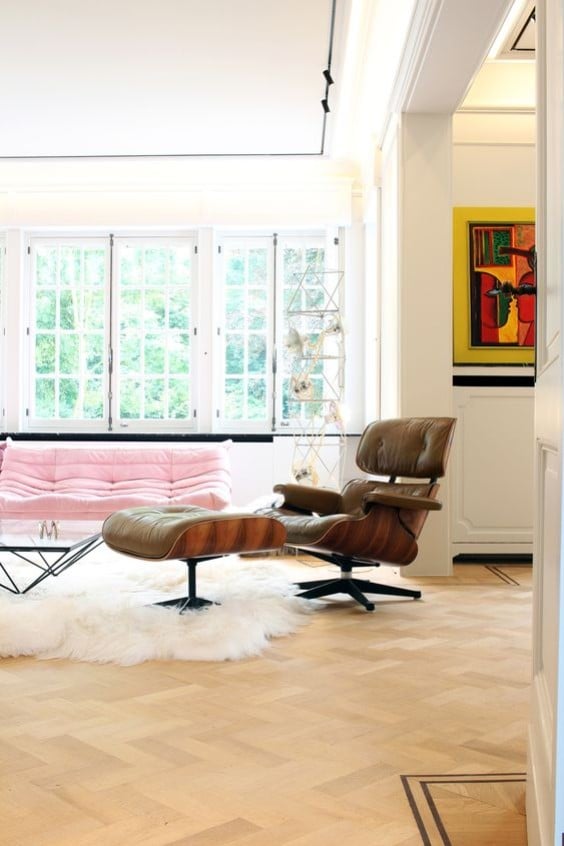While Finnish architect and designer Alvar Aalto (1898-1976) is well known to design enthusiasts as one of the pioneers of Scandinavian design, less is said about the role of his wife, Aino Aalto (1894-1949), who for 25 years nevertheless worked alongside her husband in all of their agency's projects, and later in those of the Artek company. This post is an opportunity to recall that Aino Aalto was not just the wife of...by revisiting the works of architecture, interior design and furniture design that the couple boldly realized.

© Herbert Matter: courtesy of Aalto Family Collection
Aino Aalto née Marsio was four years older than Alvar Aalto. From 1913, she studied architecture at the Aalto College of Art, Design and Architecture in Helsinki, from which she graduated in 1920. It was already very rare for the time for a woman to follow higher education, especially to become an architect! Before meeting her future husband, Aino Marsio successfully collaborated with several architects including Oiva Kallio and Bengt Schalin (a garden architect and botanist); she also traveled in Europe.
Alvar Aalto also studied architecture from 1916 to 1921 at the Helsinki Technical University. This is where he met Aino. In 1923, only 2 years after graduation, he opened his architectural practice in Jyväskylä. A year later, he hired Aino as his assistant and six months later he married her. For 25 years, Alvar and Aino would design and create together major architectural and design projects for their time.

© Courtesy of The Finnish Committee for the Restoration of Viipuri Library

© Courtesy of The Finnish Committee for the Restoration of Viipuri Library and Petri Neuvonen

© Denis Esakov

Image © Courtesy of The Finnish Committee for the Restoration of Viipuri Library and Petri Neuvonen

Image © Courtesy of The Finnish Committee for the Restoration of Viipuri Library

© Alvar Aalto Museum, photo: Gustaf Welin, VG Bild-Kunst, Bonn, 2014

© Courtesy of The Finnish Committee for the Restoration of Viipuri Library

© Wiki Arquitectura

© Massis Sirapian
While the completion of the Viipuri Library (photos above) is generally credited to Alvar Aalto, the 2 architects collaborated so closely on each project, that it was sometimes difficult to distinguish which works were Alvar's or Aino's. 4 essentially architectural projects will mark the career of the couple: the realization and development of the Paimio Sanatorium (1928-1933), the interior design of the Savoy Restaurant (1937), the design of the Villa Mairea (1938-1939), and the realization of the Finnish Pavilion at the New York World's Fair (1939).

Photo Gustaf Welin © Alvar Aalto Foundation

Photo Maija Holma © Alvar Aalto Foundation

Photo Gustaf Welin © Alvar Aalto Foundation
Right: Paimio Sanatorium, architects: Aino and Alvar Aalto (1928-1933). Interior view with "Paimio" chairs designed for the occasion, 1934.
Photo Gustaf Welin © Alvar Aalto Foundation

© Arquitectura Viva
The Paimio Sanatorium is considered, along with the Viipini Library, to be a functionalist achievement. The Aalto follows some principles of modern architecture enacted by Le Corbusier, such as the roof terrace. However, it expresses the couple's belief in humanistic design, hence the design of long sun-exposed balconies to which the beds of tuberculosis patients could be pulled. A sun terrace was imagined to allow the strongest patients to get some fresh air.
What defines the Aalto's architectural style? In addition to a strong humanistic approach, we can even speak before the time of design adapted to the user experience: for the sanatorium, Alvar Aalto and his wife thus spent time imagining spaces from the point of view of tuberculosis patients lying in their beds; for the Viipuri Library, the reading spaces are arranged under a glass roof, the auditorium is designed with an undulating ceiling with acoustic qualities. Particular attention is paid to natural lighting and the living spaces are often very airy. They defend a humanistic design, a little against the rigorist design that they consider too "cold" advocated by the European avant-garde (Walter Gropius, Mies van der Rohe, Marcel Breuer). Instead of geometric lines, the Aalto favored organic curved lines.

Finish Pavilion model, partial view of one of the interior facades consisting of a swinging wall made of dynamic wood, World's Fair, New York, 1939, architects : Aino and Alvar Aalto.
© Alma Reyes

Period photograph of the famous wooden wall designed for the Finnish pavilion, New York World's Fair, 1939. Architects: Aino and Alvar Aalto. This wall, which seems to tilt and envelop visitors, is composed of thin strips of wood that let the light through. A "work of genius" according to the famous American architect Frank Lloyd Wright, with whom the Aalto's share a taste for design that brings people and nature closer together.
In 1935, the Aalto's, art gallery owner Maire Gullichsen and art historian Nils-Gustav Hahl founded the Artek company, which specialized in bent laminated wood furniture, to distribute the furniture created by the architectural duo for architectural projects. Alvar Aalto and his wife conceive of the construction of a building as a total work of art, which includes the design of interior surfaces, from furniture, lamps, glassware, to fabrics. The interior of the Savoy restaurant and the design of the Villa Mairea are concrete examples of this holistic approach.

Image © Artek

Image © Artek

Villa Mairea in Noormarkku, Finland, architecture: Alvar Aalto and Aino Aalto, 1937-38. The building offers a U-shaped plan with an L-shaped living space to the east, and a sauna to the west, connected by a gallery covered by a green roof. The Aalto's philosophy was to design houses that fit into their natural surroundings. The relationship between man and nature was essential to them.
©Armin Linke

© Armin Linke
Right: Villa Mairea in Noormanku, Finland, architecture: Alvar Aalto and Aino Aalto, 1937-1938. Interior photo. The Aalto's placed great emphasis on how light penetrates buildings.
© Alvar Aalto Museum in Jyväskylä
The decoration of the Savoy is marked by the realization of the Savoy Vase, which has become an iconic object of modern design. The object demonstrates the Aalto's commitment to organic design, marked by rhythmic lines and flowing forms that find inspiration in nature. This is a characteristic of their work that marks a difference from the concomitant development of the very "raw" aesthetic of the international architectural style and brings them closer to the style of Frank Lloyd Wright.

The iconic Savoy Vase, Alvar and Aino Aalto design, 1936, also known as the Aalto Vase (Finnish aalto means "the wave").
Image © Artek
An important contribution of the Aalto's to the history of design is their contribution to the development of new methods for gluing and bending plywood. They thus registered several patents on wood bending. The Aalto's come from a country where the tradition of woodworking is very strong. Alvar Aalto refused, for example, to use metal tubes and other artificial materials used by the European avant-garde, which he considered too far from nature. They launched on the market innovative seats on the technical level, such as the chair No. 41 (the famous Paimio chair), No. 31 (1931-1932), both designed in cantilever. For the 1rst time, the legs are anchored under the seat without using a frame or additional structure.

© Art Design Tendance

Artek 42 armchair, Alvar Aalto design, 1932. Aalto's experimentation with glued and bent plywood results in the creation of seating that is both functional and comfortable.
Right: Artek Stool 60, design: Alvar Aalto, 1932-1933. Practical because it can be stacked, the No. 60 stool is a bestseller: in 50 years, more than 1 million have been made!

The Aalto duo's formidable chemistry came to an abrupt end in 1949, when Aino died of cancer. Thereafter, Alvar Aalto continued his career as an architect until the end of his life. The company Artek which publishes the furniture designed by the couple Aalto still exists, it was bought in 2013 by the publisher Vitra. Alvar and Aino Aalto have left their mark on the design of the 1er part of the 20th century. Their ideas associated with organic design greatly influenced post-war designers such as Charles and Ray Eames.
François Boutard







